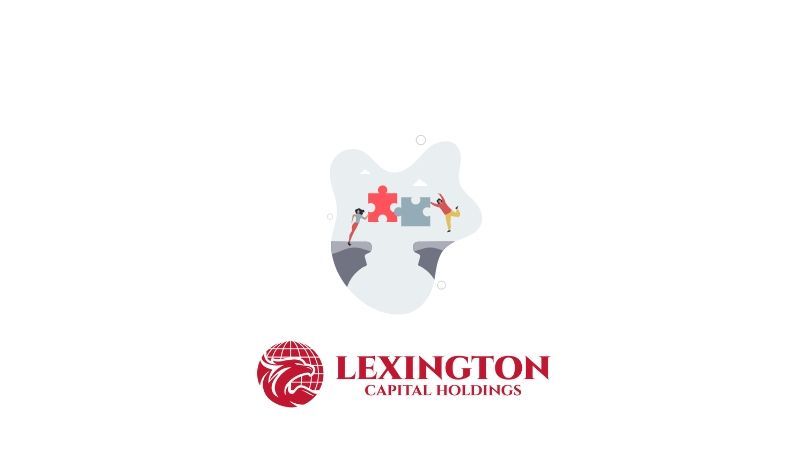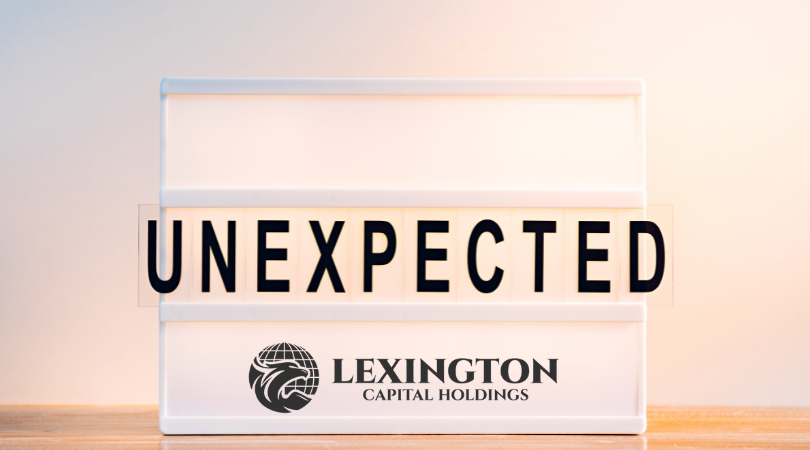How to Know Which Financial Product Is Right for Your Business
Choosing the right financial product starts with understanding what your business needs most — stability, growth, flexibility, or speed. With so many funding options available, it's easy to get overwhelmed or pick a solution that doesn't align with your goals.
SBA loans, lines of credit, working capital, and equipment financing all serve different purposes. The key is knowing how each one works and when it makes sense to use it. Here’s a clear breakdown to help you decide which option supports your business best.
1. SBA Loans: Great for Long-Term Growth and Big Moves
If you’re planning to make a long-term investment in your business — like acquiring another company, opening a new location, or consolidating higher-interest debt — an SBA loan might be the right fit.
Best for:
- Expanding operations
- Hiring or large projects
- Purchasing real estate or fixed assets
- Long-term working capital
What to consider: SBA loans offer low interest rates and long repayment terms, but the process can take longer and requires more paperwork. They're ideal for stable businesses with solid financials and a long-term vision.
2. Business Line of Credit: Perfect for Flexibility and Seasonal Needs
Think of a line of credit as a safety net or flexible cash reserve. You draw funds only when you need them, and only pay interest on what you use.
Best for:
- Managing cash flow
- Covering seasonal dips
- Buying inventory
- Handling unexpected expenses
What to consider: A line of credit gives you freedom without locking you into a lump sum loan. It’s great for businesses that want ongoing access to funds without the pressure of using it all at once.
3. Working Capital: Ideal for Short-Term Operational Needs
Working capital funding is built to help with day-to-day operations. Whether you need to make payroll, run a marketing campaign, or handle a bulk inventory order, this product is designed to keep your business moving.
Best for:
- Short-term gaps
- Payroll, rent, or utilities
- Expanding inventory
- Filling slow periods
What to consider: This option is usually faster to access but comes with shorter terms. It’s meant for immediate needs, not long-term financing. You’ll want to make sure the return on investment justifies the cost.
4. Equipment Financing: Best for Purchasing Specific Assets
Need to upgrade a fleet, buy new machinery, or invest in tools that help your business operate? Equipment financing allows you to get what you need without paying the full amount upfront.
Best for:
- Buying trucks, ovens, medical equipment, tools, or technology
- Replacing outdated gear
- Expanding production capacity
What to consider: The equipment itself typically acts as collateral. This keeps the approval process straightforward and helps preserve cash for other areas of the business.
Final Thought: Match the Tool to the Task
The key to choosing the right financial product is knowing your objective. Are you trying to grow, stabilize, upgrade, or simply buy time? Once you identify your main goal, the right option becomes much clearer.
No one product fits every business — and that’s a good thing. Having options means having the flexibility to build a funding strategy that supports your growth without putting unnecessary pressure on your bottom line.











